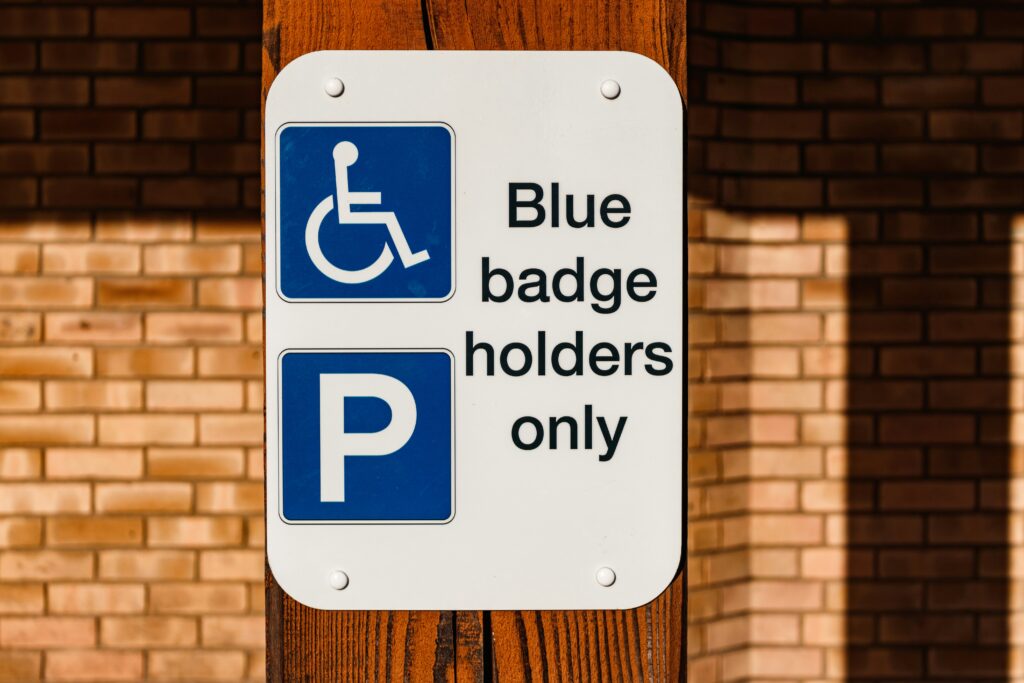Blue Badges are issued by local councils and usually valid for three years
Originally Publish By Linda Howard Money and Consumer Writer

The latest statistics from the Department for Transport and Transport Scotland show there are currently more than 2.8 million Blue Badge holders in England (2.57m) and Scotland (235,779). The Scottish figure may be much higher as the most recent data was published in November 2021.
The eligibility criteria for a Blue Badge was extended in 2019 to include people with non-visible disabilities such as Parkinson’s, dementia and epilepsy. The permit enables people to park closer to the places they want to go when they travel as a driver, or a passenger.
Most users will be aware their Blue Badge has an expiry date of three years from the point of issue, however, many may not be aware that renewal is not automatic and an application should be made 12 weeks (three months) before it expires to ensure the new permit arrives before the current one is no longer valid. Blue Badge holders could face a hefty £1,000 fine if they continue to display it after it has expired.
This is because displaying an out of date Blue Badge is classed as ‘misuse’. Transport Scotland guidance states: “Misuse of a badge is a crime. You may be prosecuted if you misuse a badge.”
Eligibility for a Blue Badge is also reviewed every time a renewal application is submitted. Guidance on MyGov.Scot explains: “Your Blue Badge is not renewed automatically. You need to reapply for it every 3 years.
“Your eligibility will be checked every time you reapply. This is to make sure you can still get a Blue Badge. Your local council processes your application and decides if you can get a Blue Badge.
“You should reapply 12 weeks before your badge expires.”
A Blue Badge costs £20 in Scotland, up to £10 in England and is free in Wales. You can reapply for your Blue Badge on the GOV.UK site here.
How to renew a Blue Badge online
You will need a recent digital photo showing your head and shoulders.
You’ll also need a photo or scan of your:
- proof of identity (such as a birth certificate, passport or driving licence)
- proof of address (such as a Council Tax bill or government letter)
- proof of benefits (if you get any)
You will also need to know:
- your National Insurance number (if you have one)
- the details of your current Blue Badge
You can start the application online and save the information you enter if you need to look for the required documents. You can easily return to it later and complete the process.
Change of details
You should contact your local council if there’s a change to your:
- name
- address
- council area
- contact details
Top 10 things to remember when using your Blue Badge
- You must follow the rules when using your Blue Badge, if you don’t you are committing a crime
- You can only use your Blue Badge as a driver or passenger
- No-one else should use your badge if you are not in the vehicle with them
- If you are not getting out of the vehicle, you should not use your Blue Badge to get a parking space
- You must not let other people use your badge
- You must display your Blue Badge the right way up so the number can be seen clearly and your photo is face down
- You must apply for a new badge before your old badge runs out
- If your badge gets damaged you must apply for a new one
- Keep your badge safe. If it is lost or stolen, you must tell the police and the Local Council
- Check signs to make sure that Blue Badge holders are allowed to park there
